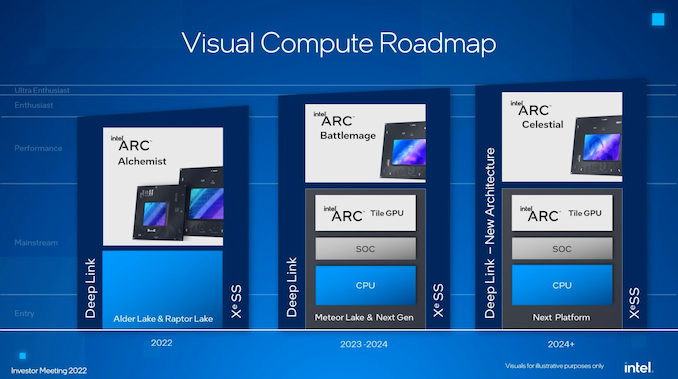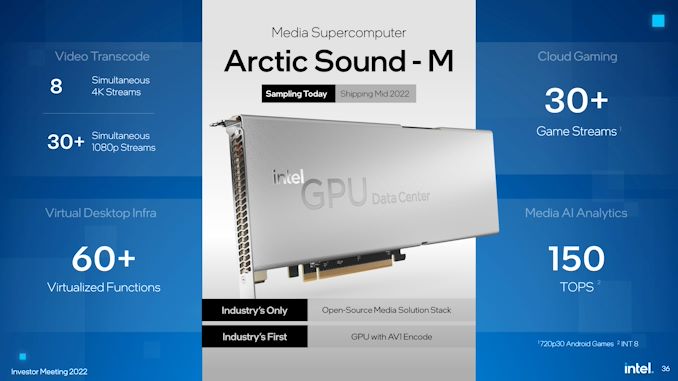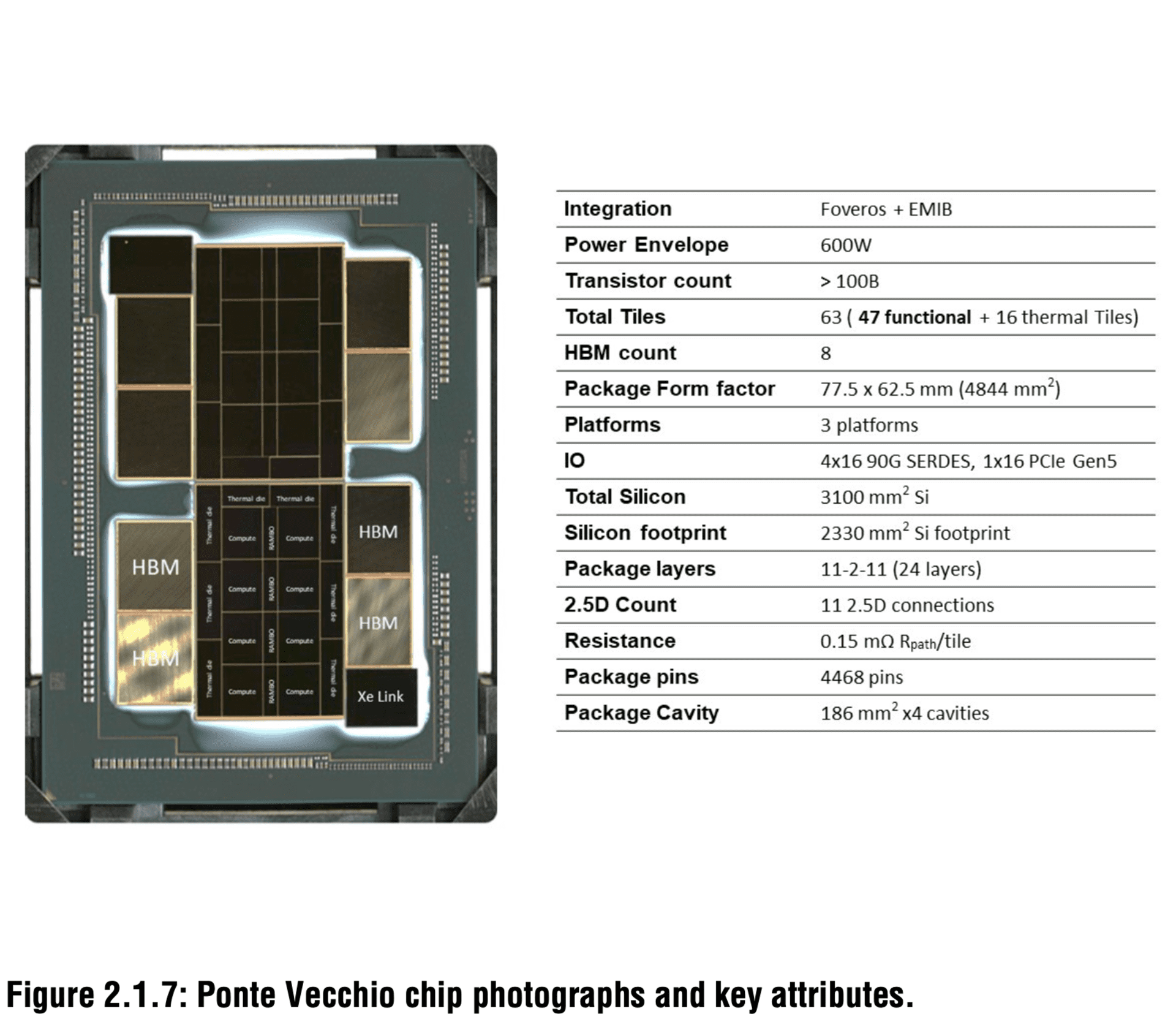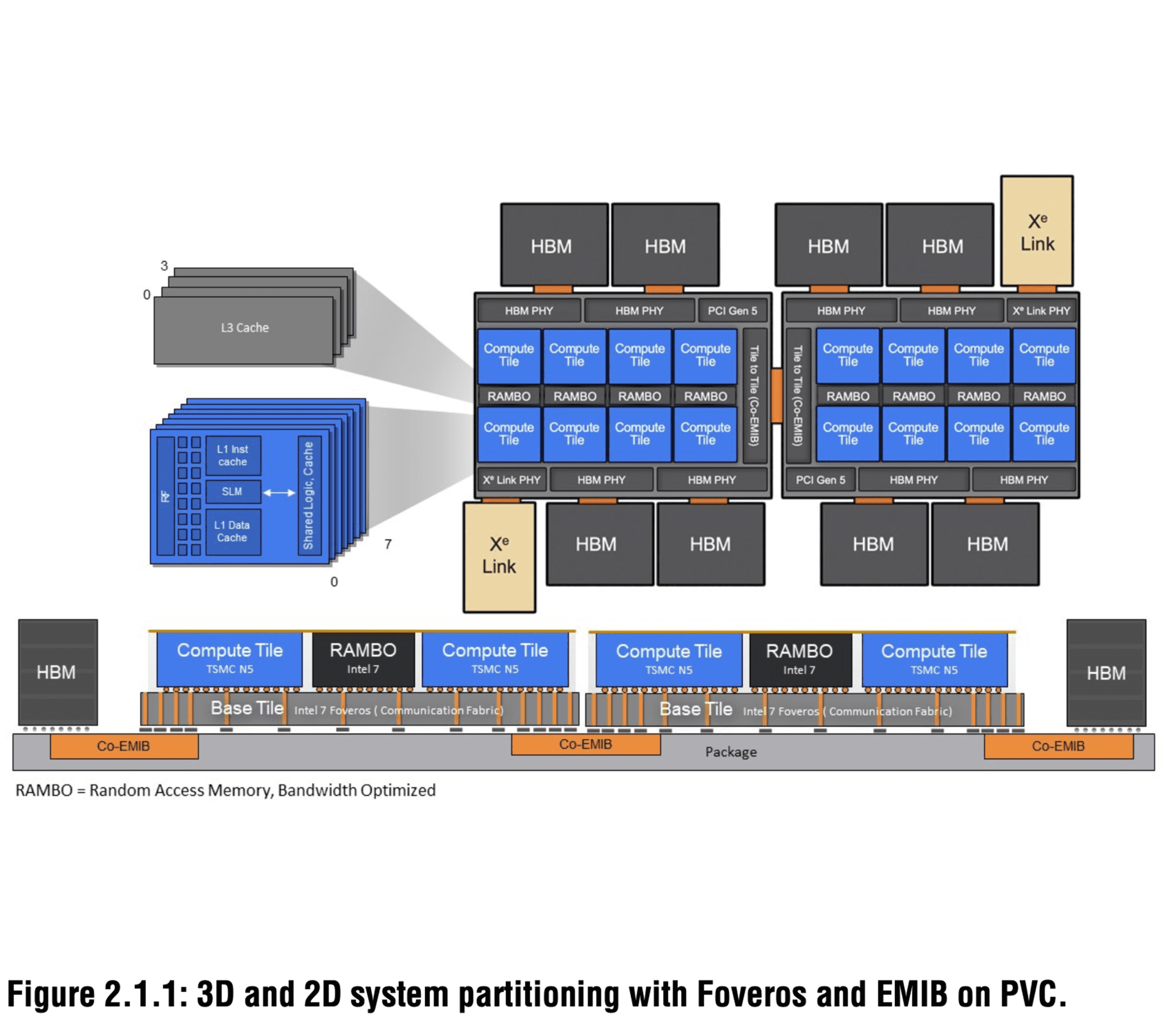Nemesis11
Power Member
Depende do que consideres chegar ao mercado. Acho que o produto era só para Big Clouds. Pelas fotos, até existem diversos modelos. A placa é a XG310. Antes dela existiram a VCA e VCA2 onde eram colocados APUs e eram usados os GPUs integrados para encoding.E existe mesmo um decoder card com vários gpus DG1, o @Nemesis11 que sabe qual é, eu pesquisei e não achei
EDIT: É a Intel SG1 com 4x DG1 no mesmo PCB. Nem sei se isso chegou a sair pro mercado mesmo que só vejo fotos antigas de um render (?) do PCB pela net.
| System Spec | |
| dimension | ¾ longth, 28mm X 34mm) |
| Package Type | FCBGA |
| TDP | 23W |
| OpenGL | 4.1 |
| Internal Thermal Sensor | Yes |
| L3 cache size | 16MB |
| TDP | 150W |
| GPU chip | 4 |
| PCIe adapter | Gen3 x16 |
| thermal | Passive |
| GPU memory | 128-bit width,8GB per GPU chip,LPDDR4,68.25GB/s 2133MHz/ 4267MT/s(max) |
| Operating Frequency | 4267MT/s |
| GPU memory capacity | 8GB per GPU, total 32GB |
| OS | CentOS,Debian OS |
| SW | Host BIOS –Default Production BIOS will need Upgrading SG1-M IFWI Telemetry – MCU on card |



Anyway.............mais fotos de uma ES:



https://videocardz.com/newz/intel-arc-alchemist-engineering-sample-pictured-once-again














